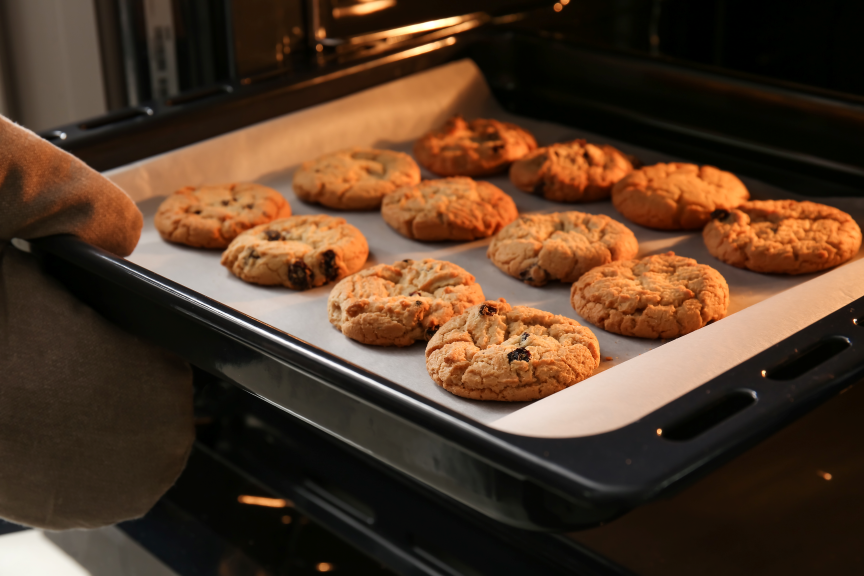Cooking for Geeks: Chemistry from the Kitchen
Do you know about the chemical and physical process that occur when cookies are baked in a toaster oven? Engineer-turned-cookbook-author Jeff Potter explores the chemistry of the kitchen in his new book.
Published November 8, 2010
By Academy Contributor

On November 1, 2010, cookbook author, software engineer, and self-proclaimed geek Jeff Potter visited The New York Academy of Sciences (the Academy) to talk about how to teach chemistry from the kitchen. From the work of food scientists such as Harold McGee to the urban gardening movement, teachers have plenty of ways to use cooking, food, and nutrition as a theme in the classroom. Riding the wave of this interest and excitement, Potter’s talk called Cooking for Geeks: Chemistry from the Kitchen provided teachers with another way to use a hacker’s thirst for unrestricted inquiry coupled with a scientific spirit and an enthusiasm for cooking to approach inquiry and learning in their lessons.
Geeks, and Jeff wears that mantle proudly, are defined by their curiosity and desire to take things apart, see what’s under the surface, and find out how action causes reaction. Hackers, geeks in their own way, take this one step further and adapt everyday tools to carry out these investigations. For teachers, following this model means taking easy-to-find tools such as kitchen thermometers and using them to collect data about the world.
Baking Cookies…in a Toaster Oven
For example, Potter queried what could be learned from making cookies in the classroom using a toaster oven. What we find, he notes, is that for every observable change in the cookie (flattening, rising, and browning) there is a chemical or physical process that can be explored by following the temperature of the cookie. Some physical changes, such as the melting of sugar or the boiling of water are great opportunities to discuss phase changes while others, such as caramelization and the Maillard reaction, are chemical changes that can lead to lessons about atomic structures or bonding. All of these processes happen at specific temperature points or over specific ranges that can be monitored with household instruments.
Potter continued with the temperature theme by telling the audience how to “hack” a sous vide pressure cooker. While many teachers may not be interested in actually “hacking” a pressure cooker for their class, he uses the cooking technique of sous vide (a low temperature poaching method) to discuss the connection between how proteins denature with heat and how foods taste as a result of this process. To illustrate this point, he looked at why most people prefer their steak cooked medium–rare.
At this temperature some proteins, myosin molecules in particular, have denatured while actin molecules have not, and as Potter pointed out, “denatured myosin equals yummy, denatured actin equals yucky.” By cooking steak, eggs, or fish sous vide, one can control exactly at what temperature the food is cooked, and thus, what proteins get denatured.
Jeff Potter is the author of Cooking for Geeks: Real Science, Great Hacks, Good Food. His background is in computer science, and he credits cooking with saving his sanity.
Also read: Exploring the Science of Haute Cuisine
